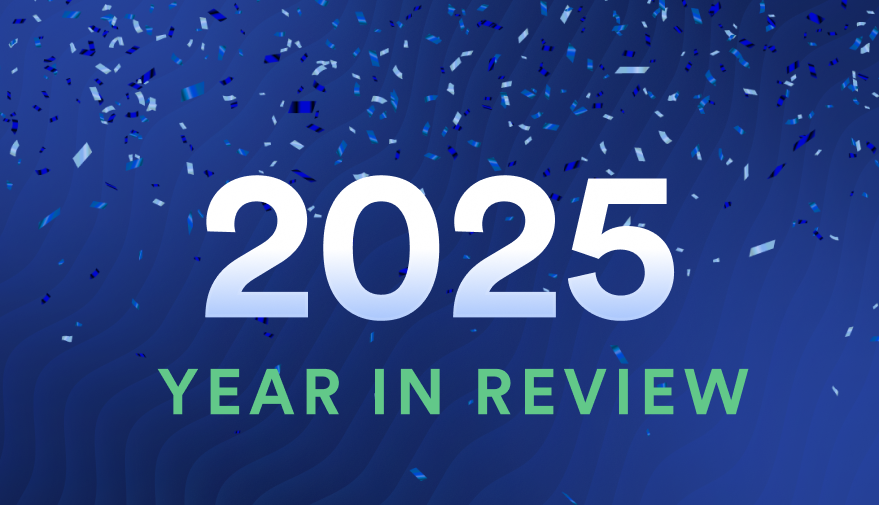Complete Guide to Maintenance Planning & Scheduling

Maintenance Planning vs Maintenance Scheduling - What’s the Difference?
These two terms often get used interchangeably, but they’re not the same.
- Maintenance planning is about what work is needed and how it will be carried out. It defines the job scope, required skills, tools, parts, safety steps, and estimated time - before an engineer goes on site.
- Maintenance scheduling is about who does the work, where and when. It assigns the planned jobs to the right people, at the right time, in the right order.

Think of planning as writing the recipe and gathering the ingredients. Scheduling is setting the oven timer.
Why Maintenance Planning and Scheduling Are Essential
If you run engineers across multiple customer sites, poor planning or scheduling can quickly snowball into:
- Unplanned downtime that risks SLAs and damages customer trust
- Reactive cycles that drain profits and overload your teams
- Lack of visibility across asset fleets, making it harder to prioritise and prove value
- Scaling challenges when processes can’t keep up with demand
Done right, maintenance planning and scheduling will:
- Increase wrench time - more hours on tools, less chasing parts or paperwork
- Reduce avoidable breakdowns and callouts
- Improve SLA performance and customer satisfaction
- Create processes that scale smoothly
Maintenance Planning and Scheduling Best Practices: 9 Steps to Success
1. Build an accurate asset register - record asset location, criticality, and service history.
2. Select the right strategy per asset - run-to-fail, planned preventive, or predictive maintenance. (See What is Predictive Maintenance? and Preventive vs. Predictive Maintenance.)
3. Create detailed job plans - include scope, safety steps, tools, parts, and estimated durations.
4. Stage parts and tools in advance - so engineers can start work without delays.
5. Prioritise tasks - based on asset criticality, compliance needs, and customer impact.
6. Build a realistic schedule - aim for 85 - 90% load to allow flexibility for urgent work.
7. Dispatch and track jobs live - mobile job sheets give engineers and managers real-time updates.
8. Review results regularly - compare planned vs. actual times, then adjust plans accordingly.
9. Communicate changes instantly - so everyone stays on the same page.
KPIs for Tracking Maintenance Planning & Scheduling Performance
- Schedule compliance - % of planned work completed on time (target 80 - 90%+)
- Wrench time - % of engineer shift on productive work (target 40 - 50%+)
- Overdue maintenance - aim for zero overdue jobs on compliance-critical assets
- Backlog age - keep critical jobs under two weeks old

How to Improve Maintenance Scheduling Efficiency
To get the best out of your schedules:
- Match jobs to engineer skills and location to reduce travel time
- Use historical data to better estimate task durations
- Group work orders geographically for fewer wasted miles (see our Route Optimisation module for more information on how this works!)
- Keep a rolling backlog to fill schedule gaps quickly
- Protect capacity for genuine emergencies without overloading the week
How Service Geeni Supports Maintenance Planning and Scheduling
With Service Geeni, you can:
- Plan jobs accurately with asset histories and service data in one place
- Schedule efficiently using skills-based and location-based allocation
- Track live progress from the field
- Automate reminders and SLA alerts
- Analyse trends to improve planning accuracy
No more juggling spreadsheets, chasing updates, or wondering what’s been missed.
Related Reads in Our Maintenance Series
- Understanding Service Maintenance Contracts: Key Elements and Best Practices
- What is Planned Preventive Maintenance (PPM)?
- What is Predictive Maintenance?
- Preventive vs. Predictive Maintenance: Which Approach Works Best?
- What is Unplanned Maintenance? (coming soon)
Final Word
If you take just one thing from this guide: Plan the work, then schedule the work.
Strong maintenance planning makes your maintenance scheduling effective. Together, they reduce downtime, protect margins, and make scaling your service business much smoother.
With the right processes and the right tools, you’re not just keeping equipment running - you’re keeping your business moving forward.
Download Full PDF
Read More…

Book Your Demo Today







